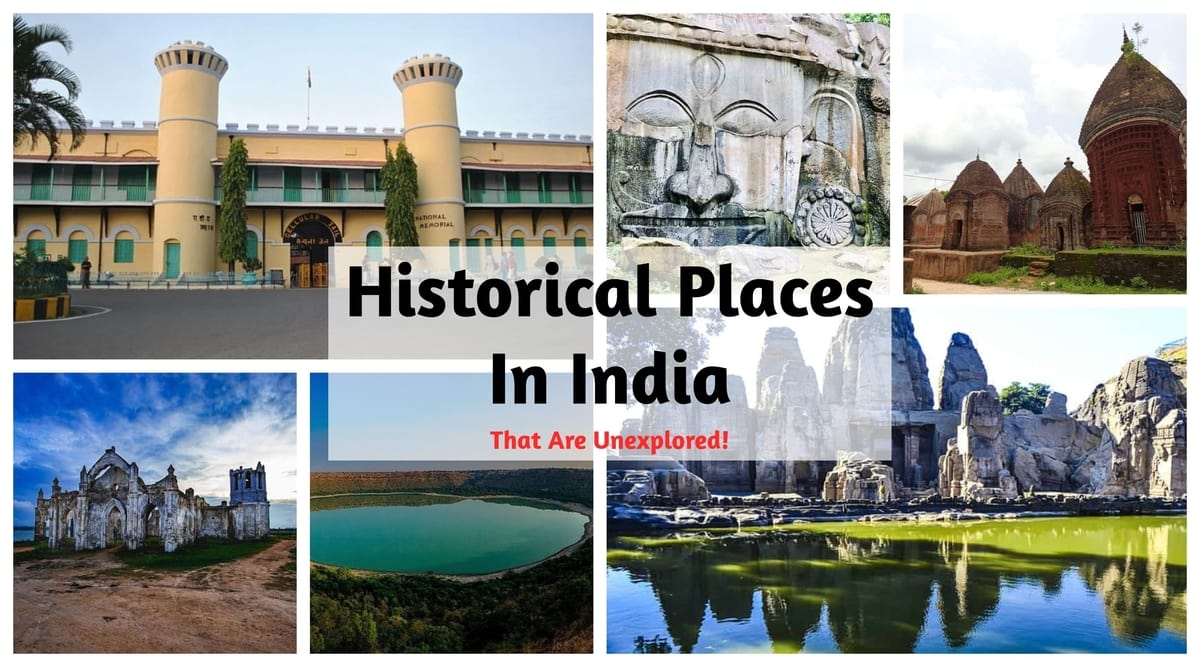History! The word itself is enough to intrigue us and make us curious to know more about it, maybe not theoretically but for each traveler, it is such a delight. And what better option to know the history than visiting a historical place.
India is one of those countries that is full of such heritages, rich in culture and heritage values but still many of them remain unexplored that are just as wonderful as the Taj Mahal or Machu Picchu.
Here is a list of less explored Historical Places in India
1. Cellular Jail, Andaman and Nicobar Islands
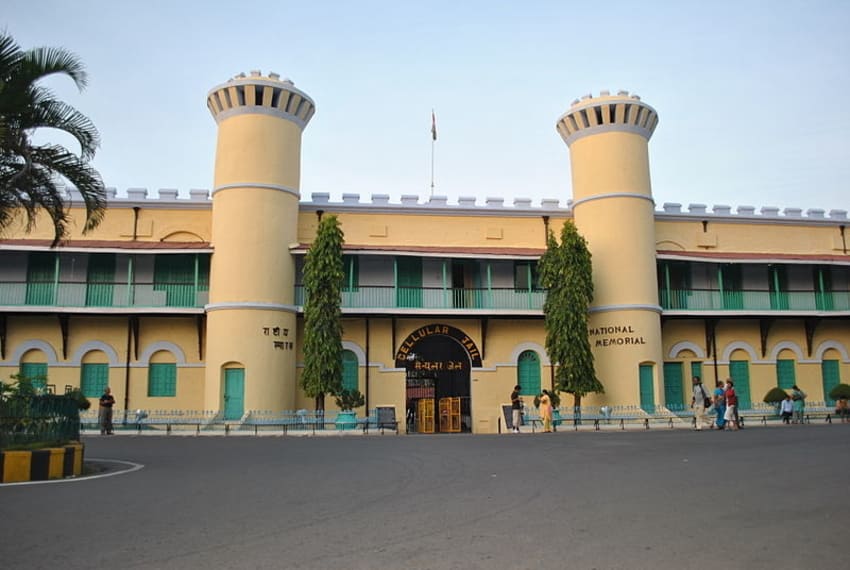
Also known as Kaala Paani, a colonial prison built by the British from 1896 to 1906 where till 1943 hundreds of Indian Independent Activists, Politicians, Revolutionaries were imprisoned. After Independence, it was converted into a museum, and now a breathtaking light and sound show at one of the despair historical places in India tell the story of the prisoners who were to live the rest of their lives in confinement.
- Entry fees for Cellular Jail: ₹30 per person, ₹50 for the light and sound show, and ₹200 for the camera.
- Opening hours of Cellular Jail: 9 am to 12:30 pm and 1:30 pm to 4:45 pm
- How to reach Cellular Jail: Port Blair the nearest airport and port has well-connected air and sea transport.
- Main attractions of Cellular Jail: The eternal flame that has been established in the honor of the martyred freedom fighters.
2. Eran Monument, Madhya Pradesh
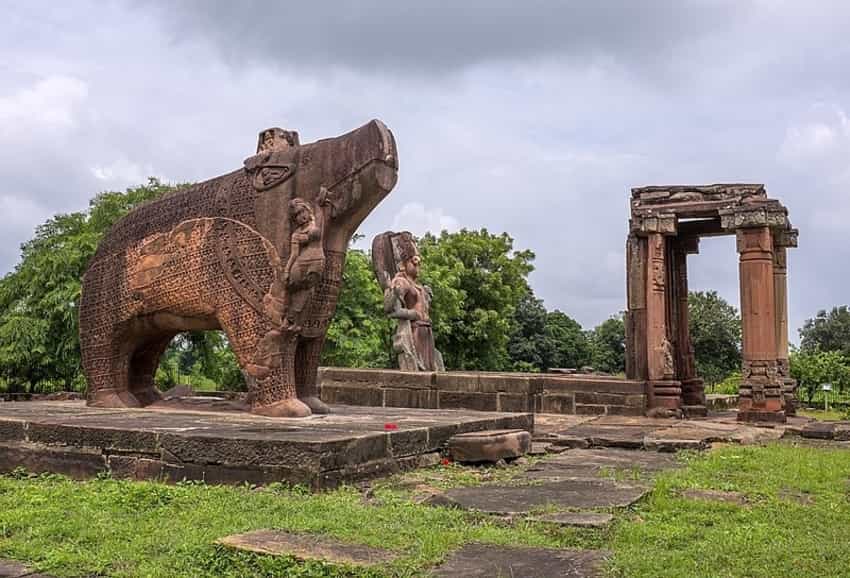
Located in a small city in the heart of India, Madhya Pradesh, Eran Monument proves to be one of the most significant historical places in India, but still less recognized heritage. Discovered by the British and some excavation efforts led to the discovery of temples ruins, statues, beautifully carved pillars, coins, and many other antiquities from BCE 2000 to the 17th century.
- Entry fees for Eran Monument: Free for all
- Opening hours of Eran Monument: Dawn to Dusk
- How to reach Eran Monument: Bhopal the nearest railway station and airport is located 170kms away
- Main attractions of Eran Monument: Lord Vishnu statue, a carved pillar with Garuda statue on top.
3. Unakoti, Tripura
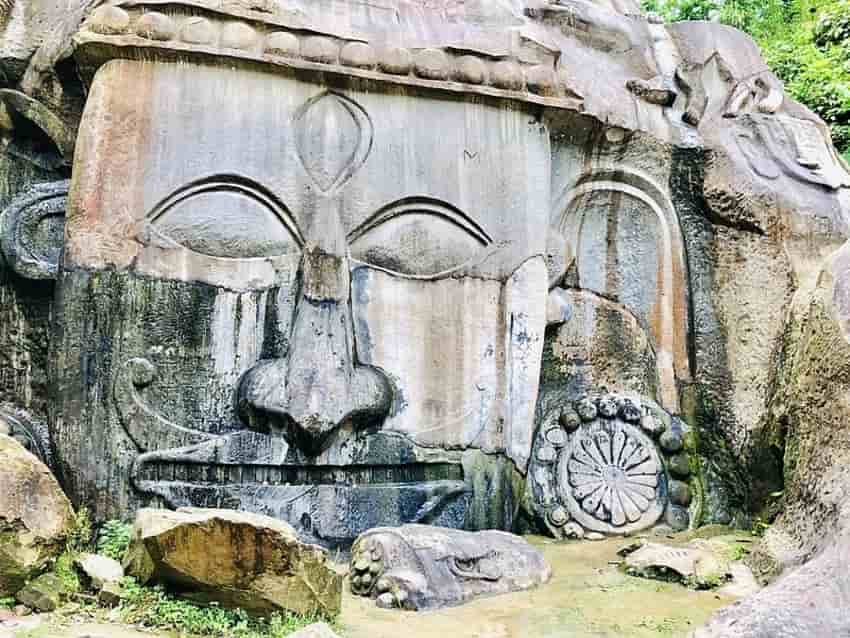
It is believed that the sculpture at Unakoti was built by a mason to please Lord Shiva and Parvati and he swore to make one crore sculpture in a night but he was one short by the day and hence the name Unakoti which means one less than a crore. Even though the mason failed but each sculpture is a sight to behold. And fun fact nobody has counted the number of sculptures yet, see if you are up for the challenge.
- Entry fees for Unakoti: Free for all
- Opening hours of Unakoti: 8am to 6pm
- How to reach Unakoti: Agartala the nearest railway station and airport is located 144kms away, you can take bi-weekly flights from Agartala to Kailashahar town which is just 10kms away
- Main attractions of Unakoti: Central Shiva head, a rock cut carving of 30 feet.
4. Maluti Temples, Jharkhand
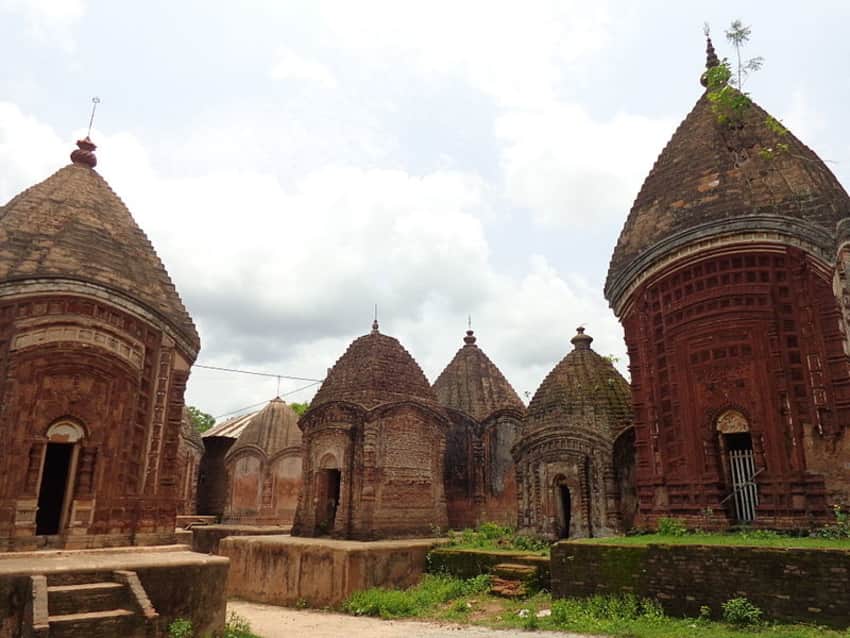
A group of 72 extant terracotta temples located in a village near Shikaripara in the wilderness of Jharkhand. The temples were originally 108 depicting the saga of Mahabharata and Ramayan out of which now only 72 stands and the other 36 are lost. Declared as one of the 12 most endangered cultural heritage sites in the world, now conserved properly by the state government, these historical places in India is worth the visit.
- Entry fees for Maluti Temples: Free for all
- Opening hours of Maluti Temples: Dawn to dusk
- How to reach Maluti Temples: Rampurhat, the nearest railway station in West Bengal is located just 18kms away
- Main attractions of Maluti Temples: Carving of the temple, shrine of the main deity Mowlakshi
5. Rabdentse ruins, Sikkim
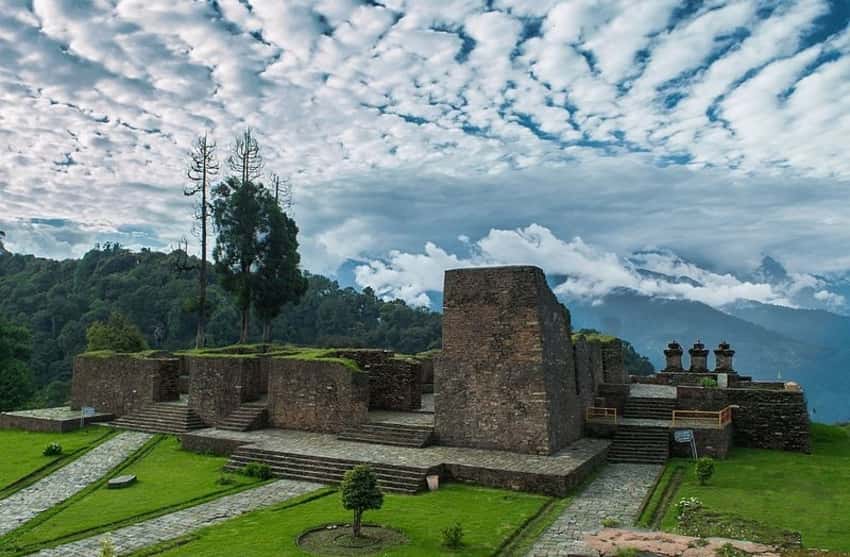
Tensung Namgyal the 2nd king of Sikkim founded Rabdentse in 1670, it was the second capital of Sikkim after Yuksom and remained the same till 1814 A.D. Now the palace cum monastery is almost in ruins and is conserved by the Archaeological Survey Of India. It is surrounded by dense thick forest and a beautiful pond, a 2km trek from the monastery will lead you to one of the most culturally rich historical places in India.
- Entry fees for Rabdentse ruins: Free for all
- Opening hours of Rabdentse ruins: 8am to 5pm
- How to reach Rabdentse ruins: Jalpaiguri, the nearest railway station is located 132kms away and Bagdogra, the nearest airport is located 136kms away
- Main attractions of Rabdentse ruins: Trekking, the atmosphere and peace
6. Shettihalli Rosary Church, Karnataka
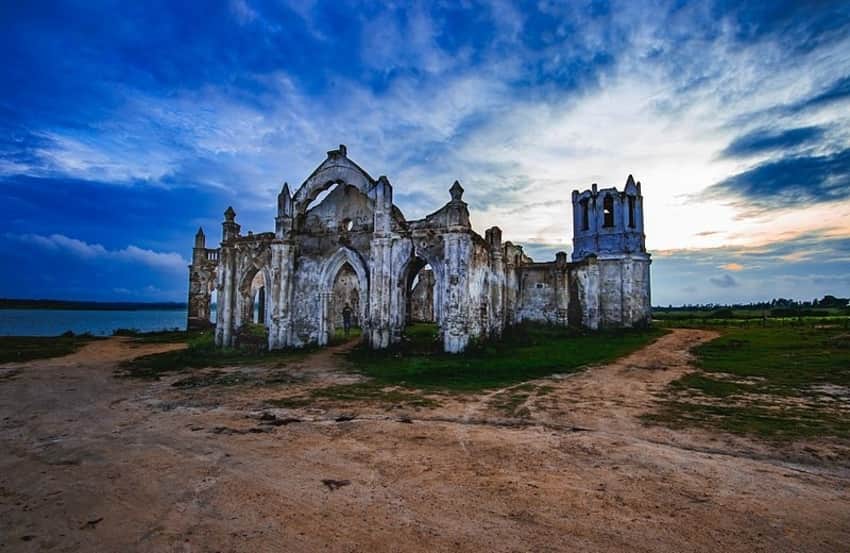
Built by the French Missionaries in the late 1800s, this church ruin is gaining a lot of popularity among curious travelers lately as it is submerged by the dam located on the river Hemavathi and it only re-emerges during the summer. Getting engulfed year by year it damages a bit of itself. It is a must-visit because of its vulnerable and spooky nature and the sooner you go to one of the most endangered historical places in India the better.
- Entry fees for Shettihali Rosary Church : Free for all
- Opening hours of Shettihali Rosary Church: Dawn to Dusk
- How to reach Shettihali Rosary Church: Hassan, the nearest railway station is located 125kms away
- Main attractions of Shettihali Rosary Church: You can see the church in its full glory when the water recedes but the charm of the submerged church is different.
7. Arvalem Rock Cut, Goa
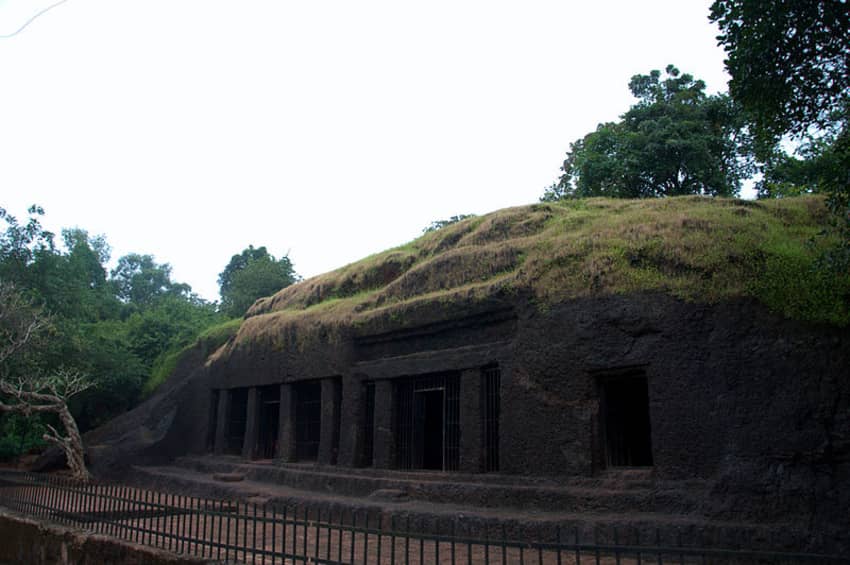
We all know Goa for all different reasons but this heritage also known as the Pandava caves be the exception. It is believed that Pandavas stayed in the caves while they were in exile from their kingdom and that makes this one of the most intriguing historical places in India which is not explored much. Though various theories persist around the caves because of some citing Buddhist origins and some Hindu’s, the cave is a must on your to-do list the next time you visit Goa.
- Entry fees for Arvalem Rock Cut: Free for all
- Opening hours of Arvalem Rock Cut: 9am to 1pm and 2pm to 5pm
- How to reach Arvalem Rock Cut: Dabolim, the nearest railway station is located 42.6kms away
- Main attractions of Arvalem Rock Cut: Backdrop of Arvalem waterfall in the solitude, just a hike away
8. Undavalli Caves, Andhra Pradesh
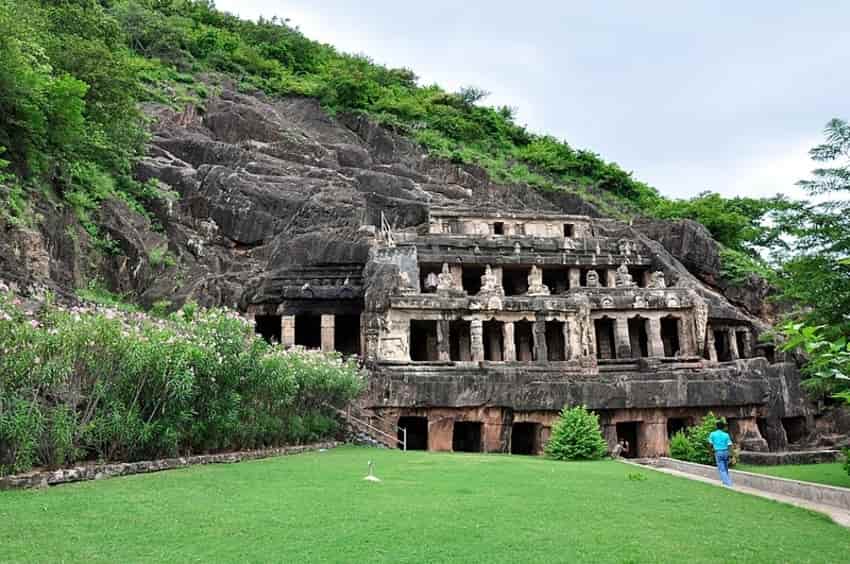
One of the centrally protected monuments of natural importance, Undavalli caves is the best example of the monolithic Indian rock-cut architecture. Believed from the 4th-5th century this cave stands on the top in terms of architecture.
- Entry fees for Undavalli Caves: ₹5 per person
- Opening hours of Undavalli Caves: 9am to 5:30pm
- How to reach Undavalli Caves: Vijayawada, the nearest railway station and airport is just 11kms away
- Main attractions of Undavalli Caves: Architecture
9. Jageshwar Temples, Uttarakhand
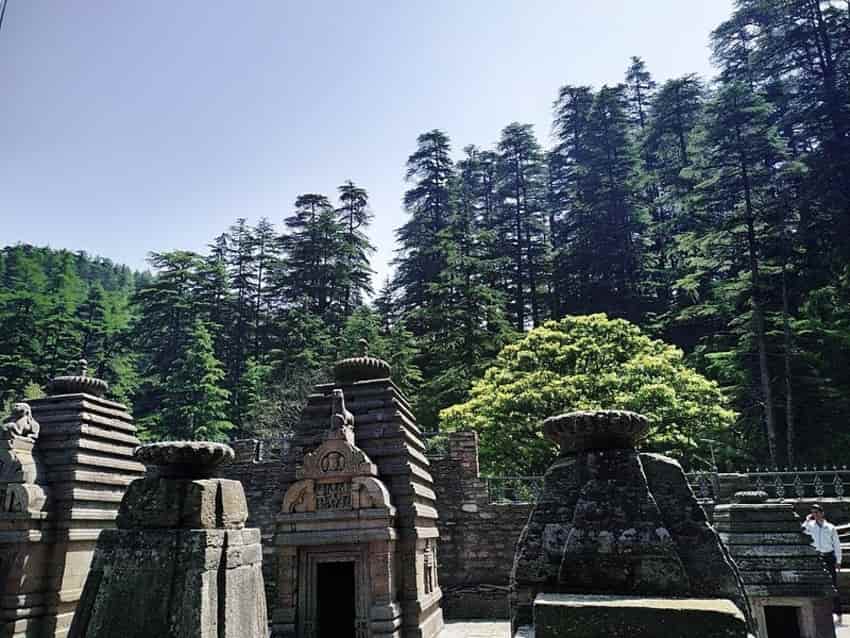
A very significant place of Kumaoni heritage, Jageshwar is blessed with 124 temples dedicated to Lord Shiva believed to be built in the 9th century. You can also see some medieval Hindu Architectural structures believed to be from the 4th century. Sitting in the lap of the Himalayan forest just adds to the serenity of this heritage.
- Entry fees for Jageshwar Temples: Free for all
- Opening hours of Jageshwar Temples: Dawn to dusk
- How to reach Jageshwar Temples: Kathgodam the nearest railway station is located 115kms away and Pantnagar, the nearest airport is located 150kms away.
- Main attractions of Jageshwar Temples: Temples and the natural beauty
10. Lonar Lake, Maharashtra
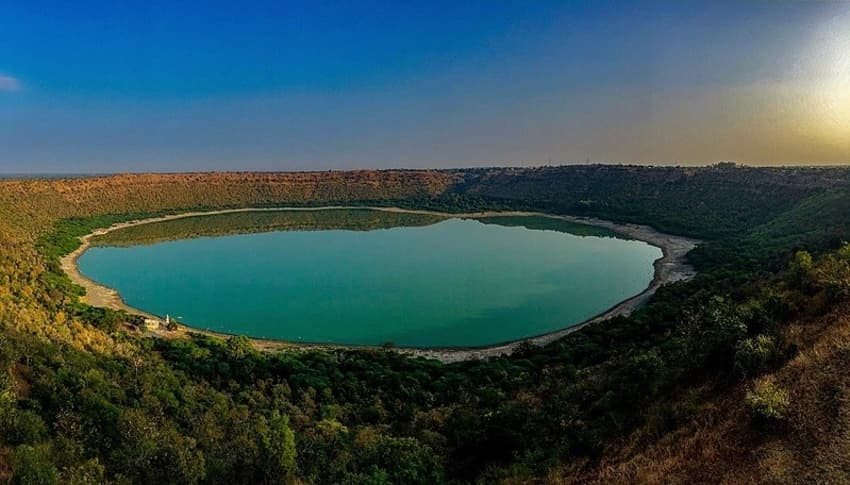
A saline water lake believed to be formed by an asteroid collision with earth impact, Lonar Lake is one of just the four known basaltic impact structures in the world. It is surrounded by various temples and monuments built in the range of 6th to 12th century, out of which a handful are still preserved creating a surreal ambiance around the lake.
- Entry fees for Lonar lake: Free for all
- Opening hours of Lonar lake: Dusk to dawn
- How to reach Lonar lake: Jalna, the nearest railway station is located 90kms away and Aurangabad, the nearest airport is located 140kms away.
- Main attractions of Lonar lake: Lonar crater, Vishnu temple, Gomukh temple, Lonar crater lake
11. Indus Valley Excavation Site, Gujarat
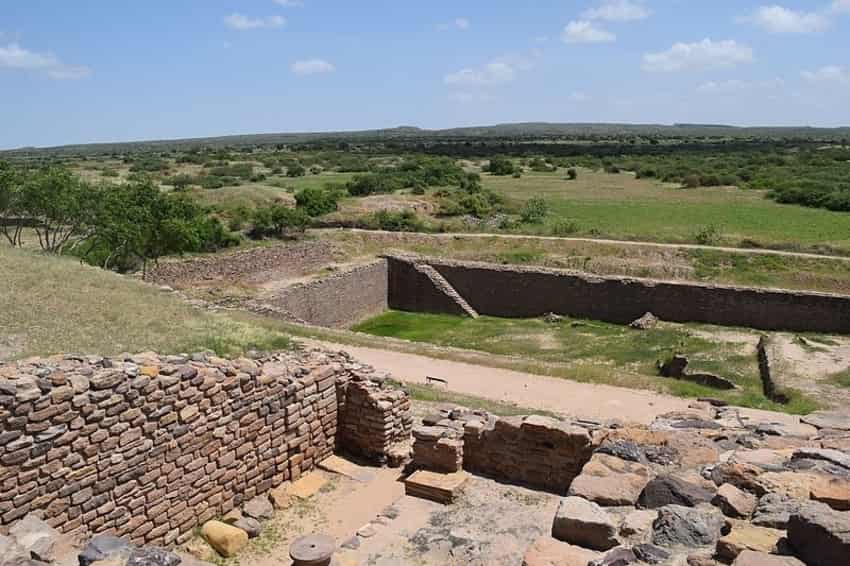
If you are a traveler with an eye for antiquities, this is one of the most perfect historical places in India for you. The excavation site for one of the most ancient Indus Valley Civilization believed to be one of the most modern civilizations of the times, located in Lothal also has a small museum where you can find excavated objects like tools, jewelry, and even skeletal remains.
- Entry fees for Indus Valley Excavation site: ₹5 per person above 15 years of age
- Opening hours of Indus Valley Excavation Site: 10am to 5pm (Closed on Fridays)
- How to reach Indus Valley Excavation Site: Ahmedabad, the nearest airport and railway station is located 78kms away
- Main attractions of Indus Valley Excavation Site: The whole heritage
12. Masrur Temples, Himachal Pradesh
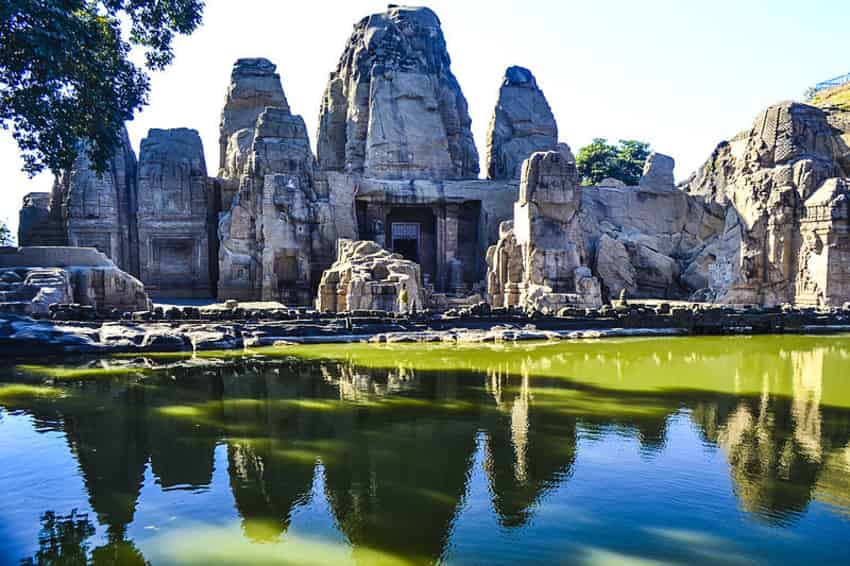
Located in the Kangra Valley of Beas river, Masrur temples were built in the 8th century and are a great example of rock-cut architecture. It is believed that the artists and architects who built this had far more ambitious plans and the structure remains incomplete. Though the temple has been suffered a lot of damage due to natural calamities, it still stands tall and doesn’t fail to amuse you.
- Entry fees for Masrur Temples: ₹25 per person
- Opening hours of Masrur Temples: 9am to 7pm
- How to reach Masrur Temples: Dharamshala, the nearest airport is located 41kms away and Pathankot the nearest railway station is located 81kms away.
- Main attractions of Masrur Temples: The main shrine of the temple contains three stone images of Ram, Lakshman, and Sita, a rectangular pond which remains filled with water throughout the year
13. Bhimbetka Rock Shelters, Madhya Pradesh
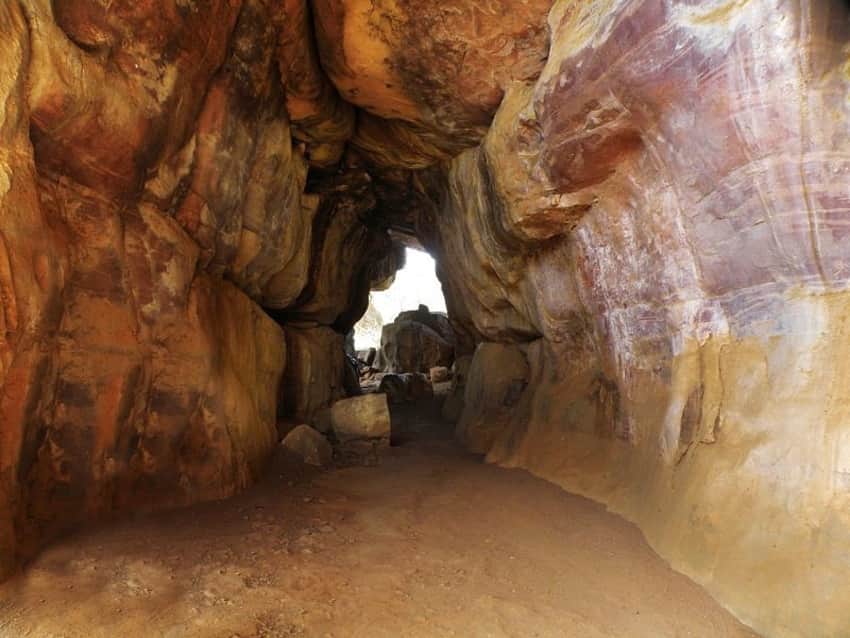
If you are intrigued to know about our ancestors and the evolution of mankind, you should not miss one of the best historical places in India. Located in the Ratapani Wildlife Sanctuary, Bhimbetka Rock Shelters will show you the prime and clear evidence of the stone age and the earliest traces of human life with rock and cave paintings and arts in its true form.
- Entry fees for Bhimbetka Rock Shelters: ₹25 per person(Indians), ₹500 per person(foreigners)
- Opening hours of Bhimbetka Rock Shelters: 7am to 6pm
- How to reach Bhimbetka Rock Shelters: Bhopal, the nearest airport and railway station is located 54kms away
- Main attractions of Bhimbetka Rock Shelters: Proofs and an insight of stone age.
14. Talatal Ghar, Assam
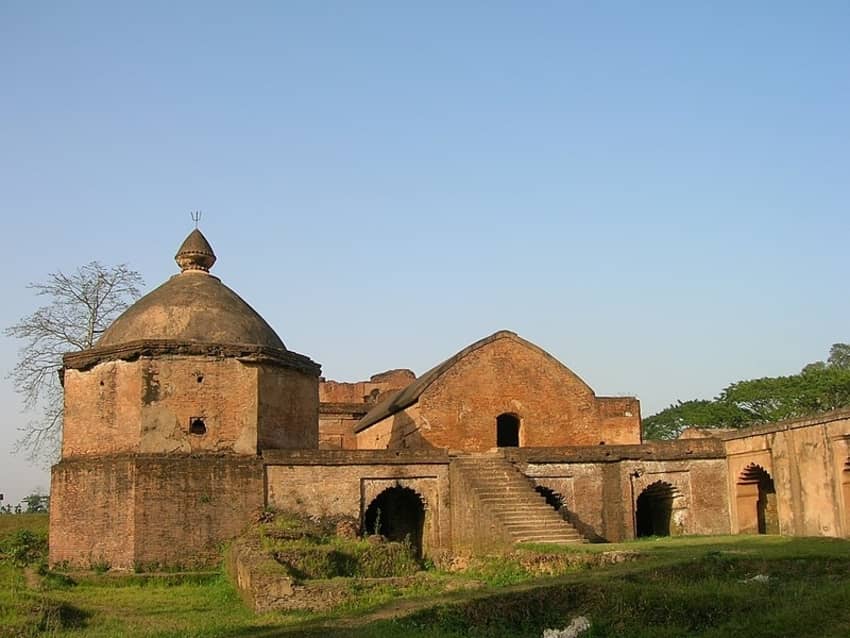
The most powerful ruler of Ahom Kingdom Swargadeo Rudra Singha built Talatal Ghar in the 17th century, which is the finest remnants of Tai Ahom architecture. Located in the small village of Rangpur, it stands as the might of the Ahom Kingdom. Though visitors are now allowed to scout through the ground and above floors and the floors below the ground have been sealed off, as visitors tended to get lost in its mazy structure and were never heard of thereafter. Is it just the mazy structure or the Talatal Ghar hold a mystery within it?
- Entry fees for Talatal Ghar: ₹15 per person(Indians), ₹300 per person(foreigners)
- Opening hours of Talatal Ghar: Dawn to dusk
- How to reach Talatal Ghar: Sibsagar, the nearest railway station is just 5kms away
- Main attractions of Talatal Ghar: Tai Ahom architecture, initially built as an army base, the mystery behind the floors below ground
15. Phugtal Monastery, Ladakh
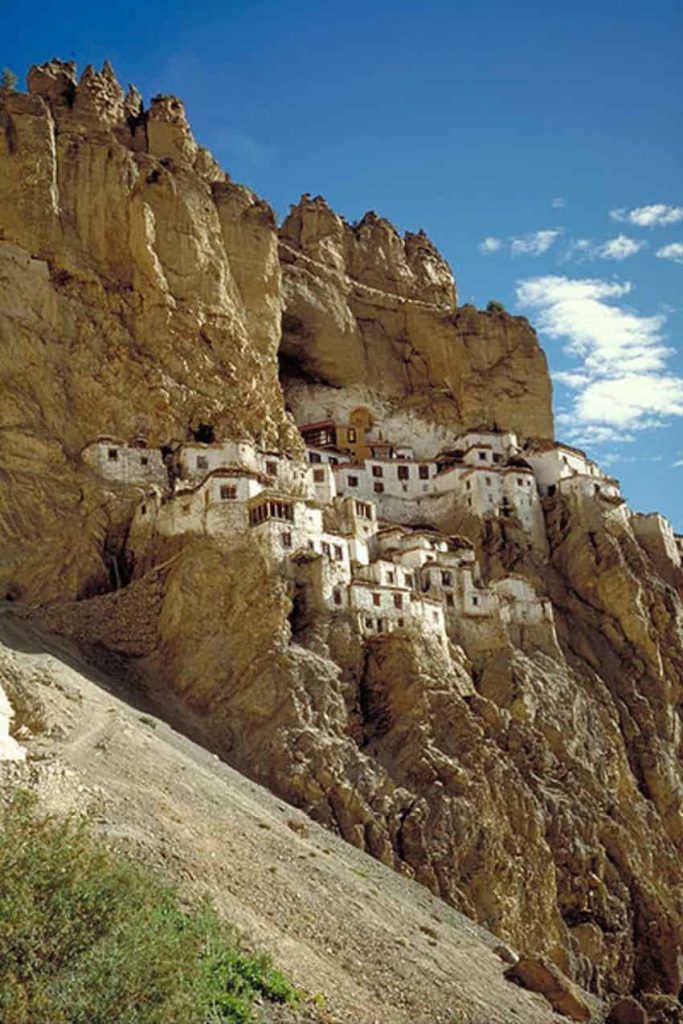
If you are a seeker of peace then Phugtal Monastery that is the only monastery in Ladakh that can be reached on foot is totally your go-to place which makes it one of the best but least explored Historical places in India. Located in the remote Lungnak Valley built around a natural cave by Buddha’s legendary followers(16 Arhats) around 2500 years back. Painted images of the followers can still be seen on the cave walls. Well, the name Phugtal translates to “the Cave of liberation”.
- Entry fees for Phugtal Monastery: Free for all
- Opening hours of Phugtal Monastery: 6am to 4pm
- How to reach Phugtal Monastery: Srinagar, the nearest airport to Padum is located 431kms away. From Padum it is a 30kms drive to the village of Ichar. From Ichar it is around 2 days trek to the Monastery
- Main attractions of Phugtal Monastery: Secluded area, Buddhist culture and values, Peace.
So where are you going next to satisfy your inner explorer?
FAQs
Q. Which is the best historical place in India?
1. Taj Mahal, Agra, Uttar Pradesh
2. Fatehpur Sikri, Agra, Uttar Pradesh
3. Agra Fort, Agra, Uttar Pradesh
4. Red Fort, Delhi
5. Qutub Minar, Delhi
6. Hawa Mahal, Jaipur, Rajasthan
7. Amer Fort, Jaipur, Rajasthan
8. Khajuraho Temples, Khajuraho, Madhya Pradesh
9. Sanchi Stupa, Sanchi, Madhya Pradesh
10. Konark Temple, Konark, Odisha
11. Charminar, Hyderabad, Telangana
12. Ruins of Hampi, Hampi, Karnataka
13. Mysore Palace, Mysore, Karnataka
14. India Gate, Delhi
15. Ran Ki Vav, Patan, Gujarat
Q. Which is the most historical state in India?
Q. Which state has the most number of historical monuments in India?
Q. Which is oldest monument in India?
Q. How old is India?
Follow and connect with us on Facebook, Twitter, LinkedIn, Instagram and Google News for the latest travel news and updates!
Also Read: Travel After Pandemic – 10 Things To Know

